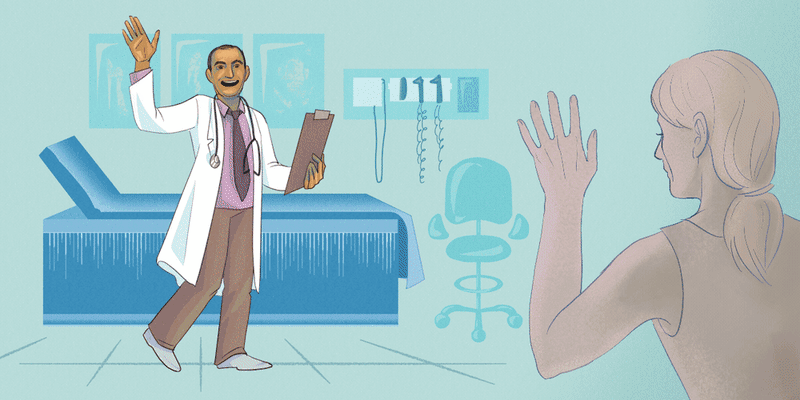
As a pediatrician in training, I’ve seen countless instances in which parents, in both the ED and inpatient/outpatient care settings, have presented with deep concern regarding their child’s fever. It’s an age-old concern. But why exactly does fever cause so much distress in a parent’s world?
As a medical student, I distinctly remember rotating with an attending physician who had strong feelings regarding fever. He became angry with me when I suggested that the parents alternate Tylenol and Motrin for continued fever control, as they had been doing previously. He instead suggested that they stick with one medication and only administer it as needed for fussiness or discomfort stemming from the fever, rather than for the fever itself. After leaving the patient room, he began a long rant about fever and introduced me to the term “fever phobia.” He explained that fever isn’t a harmful symptom, and that healthcare providers often contribute to the phobia. At first, I was taken aback. But now I remember this learning moment and fondly look back upon it. In fact, I entirely understand where he was coming from.
Let me try to convince you.
Fever is not a harmful symptom. It’s an important response that the body takes in the setting of infection. It’s a defense mechanism against infection and is protective in nature. Seizures and brain damage are perceived as the scariest and most harmful effects of fever. Anxiety about these complications affects many people, and it even spans all socioeconomic classes, as this study showed. However, neither of these outcomes would be the result of fever alone. The body has mechanisms that allow it to regulate temperature so that it can’t reach too high of a number.
I’ve lost track of how often a nurse might urgently call to report that a child has a fever. My response would be to ask how the child seems. Let’s say that the child is sleeping and comfortable. If so, I don’t need to treat his fever. The otherwise healthy child won’t have brain damage if I don’t treat his fever if it’s from a known source of infection. Is this child at risk of febrile seizure? That’s an entirely different debate, but it’s important to know that febrile seizure depends mostly on age and the rate of rise of temperature, rather than fever itself. So, I don’t feel the need to treat this child’s fever. If, however, the child was uncomfortable, then I’d treat the irritability! Parents and nurses fear seizures, as shown in this study, but pediatricians mostly fear irritability.
Why does any of this matter? There are several reasons. Studies suggest that educating parents about childhood fever and common infections reduce the frequency of healthcare visits and consultations, thus enhancing medication management. If we educate parents appropriately about fever and fever reduction, we could reduce healthcare spending for visits that are simply for “fever” and fears surrounding the outcomes of fever.
Furthermore, treating fever can lead to unnecessary side effects that are more harmful than fever itself! Anti-pyretics, or fever reducing medications, are available in all different concentrations and strengths and can become very confusing to administer, especially if you are alternating more than one medication. Action should be taken regarding the use of anti-pyretics in children to reduce potentially harmful side effects and help to eliminate fever phobia.
We need to come together to practice educating parents. Fever is defined as a temperature greater than 100.4 degrees (F) in infants. Fever in infants less than 90 days old represents an emergency because infants at this age are at increased risk of serious bacterial infection. In older, otherwise healthy children, fever alone won’t cause mortality and does not require treatment unless the child is uncomfortable.
So, let this be the beginning of the end of “fever phobia.”
Disclaimer: This opinion piece applies to otherwise healthy infants or children older than 90 days with an identifiable source of infection. Younger babies, or immunocompromised patients, such as those receiving chronic steroids or chemotherapy or those with sickle cell disease or other unique medical conditions, would not fall into this category.
Cherilyn Cecchini, MD is a resident in General Pediatrics at Children’s National Medical Center. With a future in Hematology/Oncology, her research interests include Palliative Care, communication during end-of-life care planning, and the concept of returning to normalcy near death. Cecchini has gained experience in narrative medicine by writing several pieces featured by the American Medical Women’s Association.







